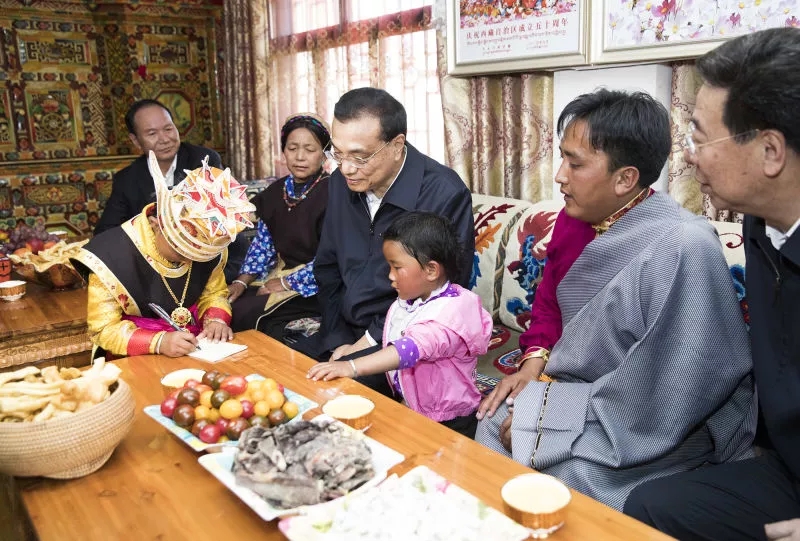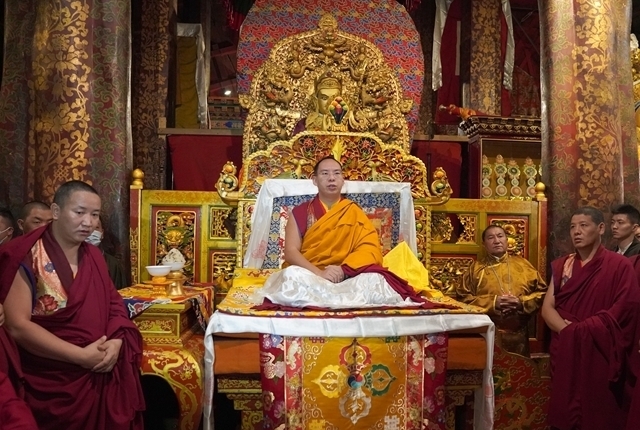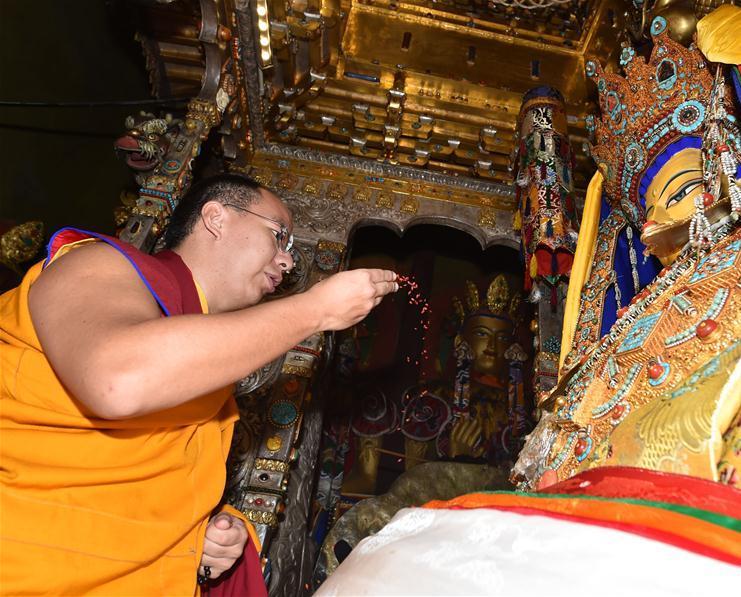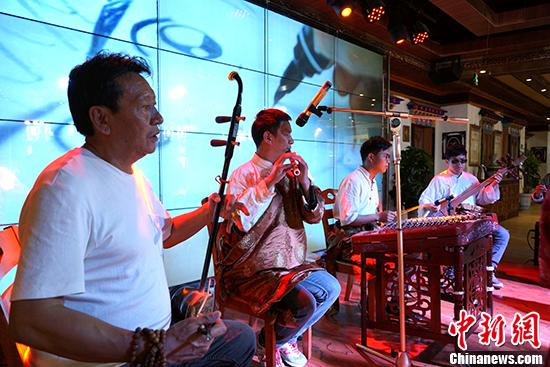Chinese army medics help to ensure health of Lao victims following dam collapse
On the muddy yard of Sanamxay District Hospital in southern Lao province of Attapeu, Chinese doctors in military uniform have set up tents as reception for Lao villagers seeking medical service.
The banner hung on a canopy read "Bring best medical service to Lao people" in both Chinese and Lao letters.
These Chinese are members of a medical contingent from the Chinese People's Liberation Army (PLA) who were dispatched here for relief operation after a dam collapse triggered flash flood a week ago.
On July 23, a saddle dam of the Xe-Pian Xe-Namnoy hydroelectric power project, invested by South Korean, Thai and Laos companies, burst, unleashing 5 billion cubic meters of water from the mountain to 13 villages of Sanamxay district downstream the Xe Pian River.
Six villages were entirely submerged by the muddy flood with 13,000 villagers being affected.
The contingent, which was on the "Peace Train-2018" Humanitarian Medical Rescue Joint Training Mission in the Lao capital of Vientiane, arrived in the flood-hit area on Wednesday.
It is the first foreign medical rescue team arriving in Sanamxay district after the disaster.
On Sunday, many villagers came to the reception to seek medical service from these Chinese medics, who also checked their heath by using ultrasound and electrocardiography.
"Our contingent has 32 members and some of us work here in the district hospital to treat hospitalized patients and patients sent here from disaster-hit areas," said Chen Zhang, a member of the contingent and also chief of the Department of Respiration of Chengdu Military General Hospital.
"We receive some 100 patients daily. The main problems of villagers from disaster-hit area are abdominal pain, gastrointestinal diseases, and diseases cause by insect bites and bruises," he said, adding that they also treated villagers rescued from the flood-hit area, who had not have any food for one or two days.
On Sunday, they also treated a child with arm fracture.
The contingent's mission was not just confined here, according to Chen. It also dispatched doctors to flooded villages, checked the health of villagers in shelters and worked on epidemic prevention.
Liu Zhenxiong, a doctor from gastroenterology division, Second Hospital of Fourth Military Medical University, was one of the members that went to flooded villages with Lao authorities on Saturday.
"We went to a village called Ban Boc, and there were a lot of villagers there and we treated some 100 villagers in a single day," Liu said.
Ban Boc, or formally called Don-Boc (Donbok) village, now is also a temporary shelter for displaced villagers as it lies in a relatively high land.
Khamlieng Outhakaisone, deputy director general of the General Staff Department (GSD) of the Lao People's Army and commander of the rescue operation, told a press conference Saturday night that the Donbok village sheltered some 1,086 affected villagers.
Liu said they found two children with high fever there so they transferred them to the district hospital where they were in better conditions.
"Villagers told us we are the first foreign medical team there in Ban Boc and they gave us a thumps-up," he said proudly.
As the flood subsided, stagnant water remained in the disaster hit area and many villagers living just in several shelters with high residential density, combined with the tropical weather in southern Laos, the risk of an outbreak of epidemic diseases is very high.
After a disaster like this, there would be cases of enteric infections, insect-borne diseases and food poisoning. The work to prevent any outbreak of diseases among victims should begin as soon as possible, or no later than 72 hours after the disaster, Guo Jinpeng, head of the emergency response team of the disease control and prevention contingent, told Xinhua.
The Chinese medical team has established a mechanism to report any suspicious cases in those shelters to eradicate the risk of mass infection among villagers, according to Guo.
They also guided villagers and locals to dispose of domestic wastes and make sure they drink clean water and wash their hands before having foods.
On Sunday afternoon, Guo and his colleagues along with their Lao counterparts drove a disease control and prevention vehicle to Mitsamphan village to do the pest control work.
They sprayed medicines into grass in the area to reduce the pest density there.
"To wipe out the risk of an outbreak of insect-borne diseases, it is very important to decrease the pest density here," Guo said, adding that they did it twice a day and they would not spray in the same place in seven days to avoid destroying the environment.
The contingent members, who live in a big room inside the muddy district government compound, kept working hard everyday to ensure health of Lao villagers.
Latest report said nine people were confirmed dead while 122 were still missing after the disaster.
Your Comment
Name E-mailRelated News
-
-
2 confirmed dead, more missing after dam collapses in Laos
At least two people are confirmed dead as of 4:30 p.m. local time (0930 GMT) on Tuesday, and a number of villagers are still missing after an under-construction dam collapsed causing flash flood in southern Laos.
-
-

-
China, Laos to advance building community of shared future
China and Laos on Wednesday agreed to advance the building of a community of shared future to achieve new outcomes.
-
-
-
Laos continues search for missing people in dam collapse incident
Lao government officials said on Thursday that search has been continued for the 131 missing people after a dam collapsed on Monday in southern province of Attapeu and medical workers have been sent to temporary shelters to help villagers affected.







